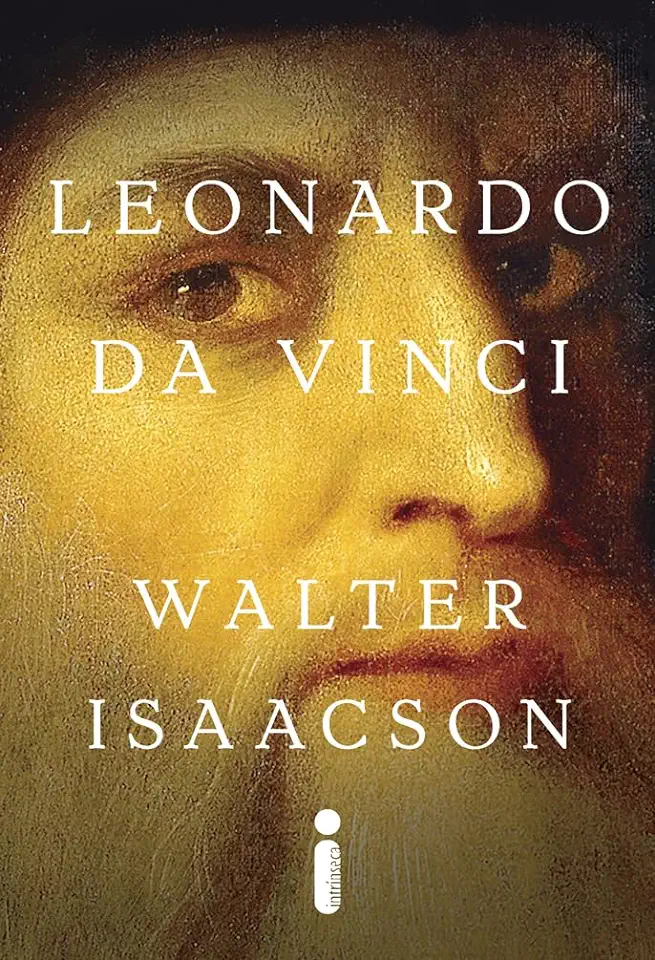
Leonardo da Vinci - Fred Bérence
Leonardo da Vinci: A Master of Art and Science
Introduction
Leonardo da Vinci was a true Renaissance man, a polymath who excelled in many fields, including art, science, engineering, and mathematics. He is considered one of the greatest painters of all time, and his works, such as the Mona Lisa and The Last Supper, are some of the most famous and iconic in the world. But da Vinci was also a brilliant scientist and engineer, and his contributions to these fields were just as significant as his artistic achievements.
Leonardo da Vinci: The Artist
Leonardo da Vinci was born in 1452 in the town of Vinci, in the Republic of Florence. He showed an early talent for art, and at the age of 14, he was apprenticed to the Florentine painter Andrea del Verrocchio. Under Verrocchio's tutelage, da Vinci learned the techniques of painting and sculpture, and he quickly became a master of both.
Da Vinci's paintings are characterized by their realism, their attention to detail, and their use of light and shadow. He was also a master of perspective, and his works often create the illusion of three-dimensional space. Some of his most famous paintings include:
- The Mona Lisa (1503-1519)
- The Last Supper (1495-1498)
- The Virgin of the Rocks (1483-1486)
- The Adoration of the Magi (1481-1482)
- The Annunciation (1472-1475)
Leonardo da Vinci: The Scientist
In addition to his artistic achievements, Leonardo da Vinci was also a brilliant scientist and engineer. He was fascinated by the natural world, and he spent much of his time observing and experimenting. He made important contributions to many fields of science, including:
- Anatomy
- Botany
- Geology
- Hydrodynamics
- Optics
- Mathematics
Da Vinci's scientific work was often ahead of its time, and many of his ideas were not fully understood until centuries later. He was also a prolific inventor, and he designed many machines and devices, including:
- A flying machine
- A submarine
- A tank
- A robot
- A self-propelled cart
Leonardo da Vinci: The Legacy
Leonardo da Vinci died in 1519 at the age of 67. He left behind a vast body of work that has had a profound impact on Western culture. He is considered one of the greatest artists of all time, and his scientific work has laid the foundation for many modern technologies. Leonardo da Vinci was a true genius, and his legacy will continue to inspire people for generations to come.
Why You Should Read This Book
This book provides a comprehensive overview of Leonardo da Vinci's life and work. It is written in an engaging and accessible style, and it is packed with beautiful illustrations of da Vinci's paintings, drawings, and inventions. This book is a must-read for anyone who is interested in art, science, or history.
Conclusion
Leonardo da Vinci was a true Renaissance man, a polymath who excelled in many fields. He was a brilliant artist, a brilliant scientist, and a brilliant engineer. His work has had a profound impact on Western culture, and he is considered one of the greatest geniuses of all time. This book is a comprehensive overview of Leonardo da Vinci's life and work, and it is a must-read for anyone who is interested in art, science, or history.